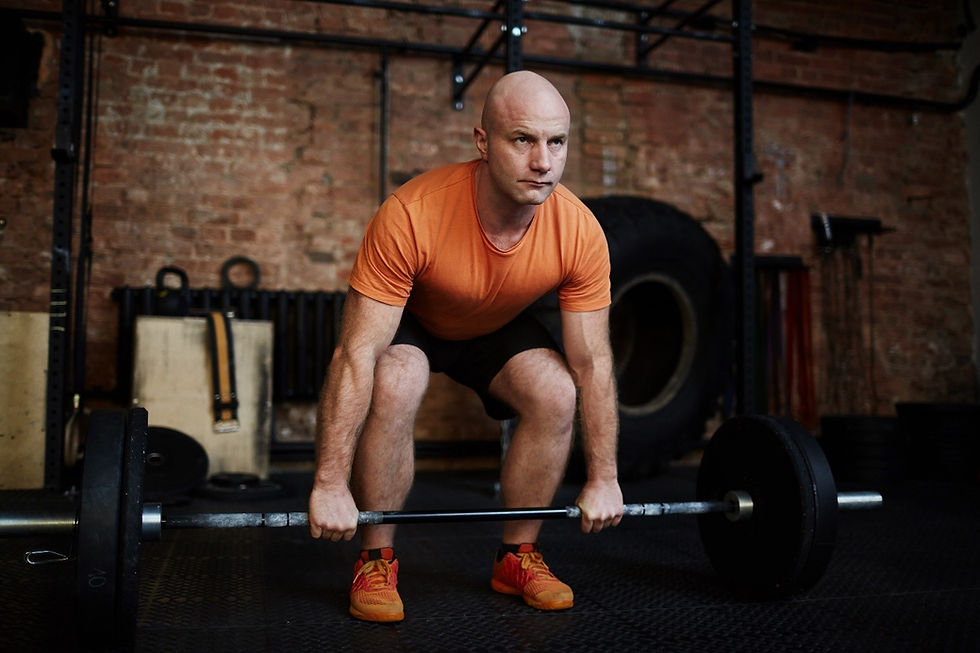
An Introduction
Practicing good lifting techniques has numerous benefits. Using perfect form not only helps you work the muscles you want to improve, but it also lowers your chance of back injuries in the short and long term. Your form is critical to your general health, whether lifting weights, training or carrying heavy goods at work. Muscle strains, tears, major back problems, joint pain, and much more can result from the poor lifting technique. These injuries might take weeks or even months to heal fully. A lower back injury is one of the most prevalent causes of back pain. People of all ages experience acute back pain due to this condition the most. Because of this, here are some guidelines for lifting weight training correctly! This is the most common cause and result of acute back pain in people of all ages. As a result, here are some tips for lifting weights with proper technique!

Make sure you have a broad support base before lifting the big thing. Keep your feet shoulder-width apart, with one foot slightly ahead of the other, when you walk. When you're doing a significant lift, you want to ensure you have adequate balance. The Karate Stance is what we call it.
Simply squat as near the object as you can, bending at the hips and knees with your buttocks out, before lifting the object. You can lift large objects with a bent knee in front of you and the other at a right angle.
Be mindful of your posture as you begin the upward lift. Do so by keeping your back straight, your chest out, and your shoulders back while keeping your gaze forward. As well as causing back discomfort, bad posture can cause migraines, reduced energy levels, and even cardiac problems. This position will assist you in maintaining a straight upper back while maintaining a modest arch in your lower back. Use a posture brace to strengthen your abdominal muscles so that you can sit up straighter if you believe you have poor posture.
Lift the object by straightening your hips and knees slowly and steadily. – (not your back). Lift by extending your legs and exhaling. Lift the big thing without twisting your body or bending your knees.
When holding a large and cumbersome object, keep it at the level of your belly button. Lifting heavy objects over your shoulders or with your arms extended outward is never acceptable when you are in the Power Zone.
Take short, steady steps with your feet instead of your torso to change direction. As you change direction, lead with your hips. When you move, ensure your shoulders align with your hips.
When your body tells you to, have a rest. Soreness is very acceptable. DOMS, or delayed onset muscle soreness, can cause your muscles to feel achy or fatigued the day after a strenuous workout. You create muscle by inflicting microscopic injury to the tissue, which is healed during strength training.
Wrapping Up!
Everyone, not only professional athletes or bodybuilders, may benefit from weight lifting Training in Sydney. You can reduce fat, gain muscle mass and density, and improve bone density by lifting weights. Weight lifting, on the other hand, will not provide you with these advantages if it is performed poorly, and it may even result in damage.

Comments